Cantaloupe, also known as muskmelon, mushmelon, rockmelon, sweet melon, and spanspek, refers to a variety of the Cucumis melo species in the Cucurbitaceae family. Take a look below for 25 more fun and fascinating facts about cantaloupe.
1. Originally, cantaloupe referred only to the non-netted, orange fleshed melons of Europe. However, in more recent usage, it has come to mean any orange fleshed melon of Cucumis melo, and has become the most popular melo in North America.
2. The name “cantaloupe” comes from the French “cantaloup” from the Italian “Cantalupo,” which was formerly a papal county sea near Rome, after the fruit’s introduction there from Armenia.
3. Cantaloupe was first mentioned in English literature in 1739.
4. The cantaloupe most likely originated in a region in Indian or Africa.
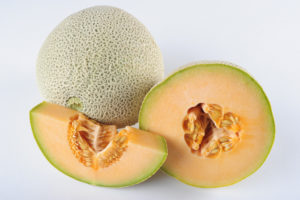
5. Cantaloupe was later introduced to Europe and, around 1890, became a commercial crop in the United States around the same time.
6. The European cantaloupe, Cucumis melo var cantalupensis, is lightly ribbed with a sweet and flavorful flesh and grey-green skin that looks different from that of the North American cantaloupe.
7. The North American cantaloupe, Cucumis melo var reticulatus, commin in the United States, Mexico and some parts of Canada, is actually a cantaloupe, which is a different variety of Cucumis melo and has a reticulated skin covering.
8. In 2014, the world production of melons, including cantaloupes, was 29.6 million tons, with China accounting for 44% of the total.
9. Cantaloupe is normally eaten as a fresh fruit, as a salad, or as a dessert with ice cream or custard.
10. Cantaloupe pieces are sometimes wrapped in prosciutto and eaten like that.
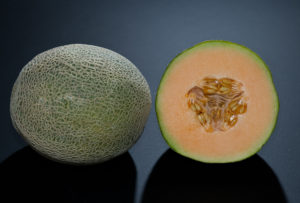
11. Because the surface of a cantaloupe can contain harmful bacteria, such as Salmonella, it’s recommended to wash and scrub a melon thoroughly before cutting and eating.
12. Cantaloupe should be refrigerated after cutting and eaten less than 3 days after to prevent the risk of Salmonella and other bacterial pathogens.
13. A moldy cantaloupe in a Peoria, Illinois market in 1943 was found to contain the highest yielding strain of mold for penicillin production, after a worldwide search.
14. Christopher Columbus brought cantaloupe to America on one of his voyages to the New World.
15. Cantaloupe requires high temperatures during the summer and plenty of water for the successful development. It grows on fertile, well-drained soil, exposed to direct sunlight.
16. Cantaloupe is a trailing vine that can reach up to 5 feet in height and length thanks to numerous tendrils that bind to the nearby objects.
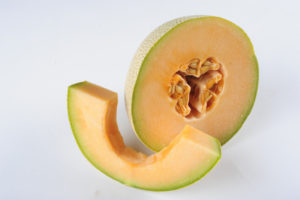
17. Cantaloupe produces oval, slightly lobed or heart shaped leaves with serrated edges. They’re dark green colored and often covered with hairs. The leaves are alternately arranged on the stem.
18. Cantaloupe develops male and female, sometimes bisexual, flowers on the same plant. Once the reproductive organs reach full maturity, pollen needs to be transferred to the female flower within 24 hours to ensure the successful formation of the fruit.
19. The fruit blooms from July to September. Yellow flowers attract honeybees that are responsible for the pollination of the cantaloupe.
20. Inadequately pollinated flowers don’t produce fruit or produce irregularly-shaped fruit.
21. Cantaloupe develops usually 90 days after planting, or 35 to 45 days after pollination. Brown, dry stem is a sign that the fruit is ready for harvest.
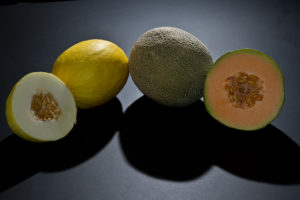
22. Cantaloupe produces rounded or oblong fruit that’s usually tan-colored. The skin can be smooth, netted, lumpy and covered with several ridges. The flesh is sweet, juice and usually orange colored.
23. The fruit can’t increase sugar content after the harvest as it ripens only on the stem.
24. Cantaloupe is a rich source of dietary fibers, vitamins A, C and vitamins of the B group and minerals such as calcium, iron, magnesium, phosphorus and potassium.
25. Compounds isolated from cantaloupe can prevent the development of certain types of cancer and cardiac diseases. They are also very beneficial for your eyes.

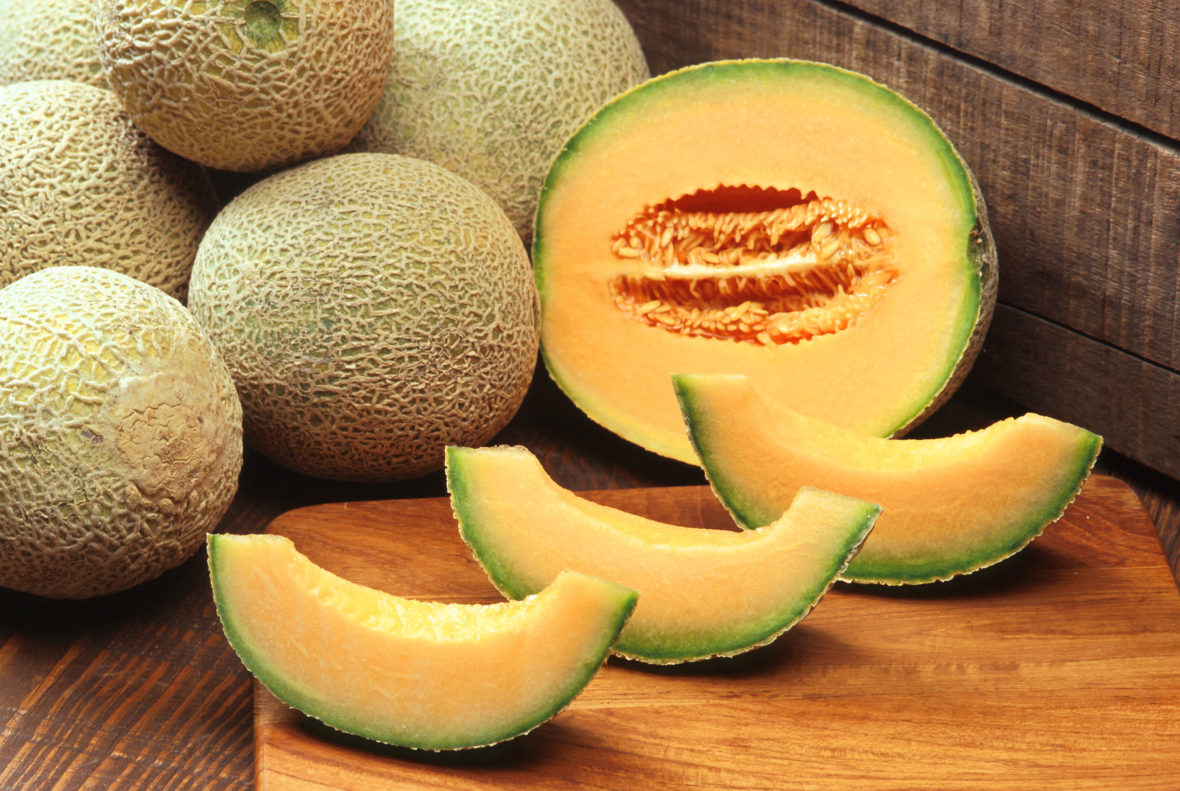



One Comment
Pingback:
March 10, 2018 at 4:43 pm